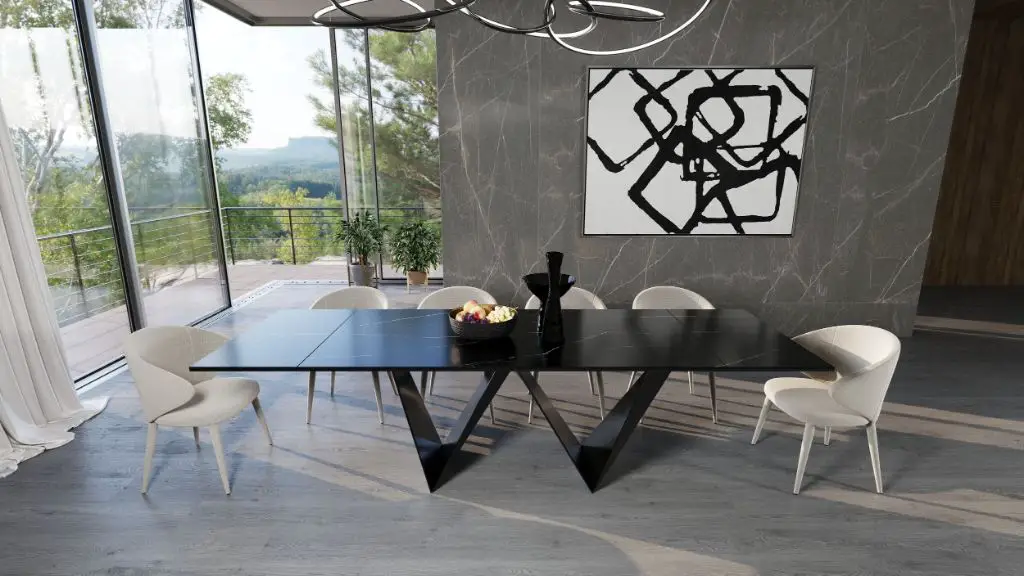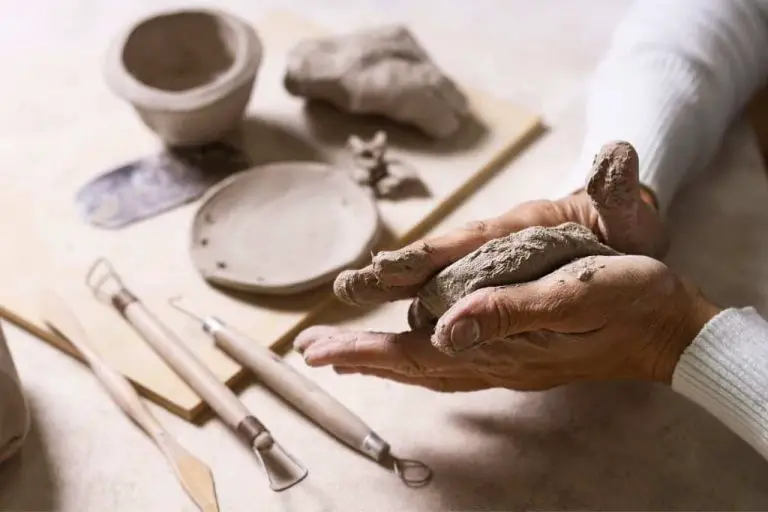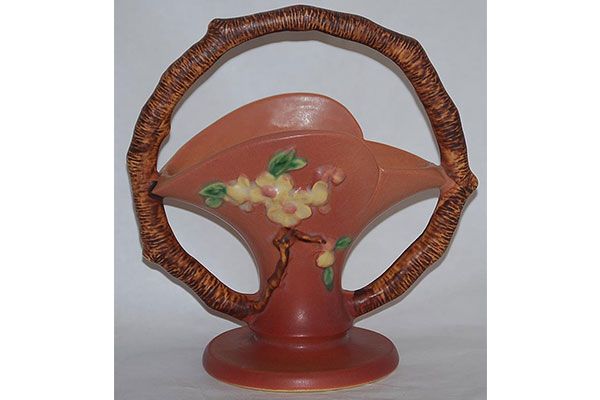What Are Ceramic Dining Tables?
What are Ceramic Dining Tables?
Ceramic dining tables are tables that have table tops made from ceramic materials such as porcelain, bone china, or stoneware. Ceramics are inorganic, nonmetallic materials that are hardened by high temperature firing. Ceramic table tops provide a smooth, durable, and visually appealing surface for dining.
Ceramic dining tables come in a variety of styles but stand out for their unique patterns, textures, and colors. The ceramic material allows for beautiful intricate designs not possible with wood table tops. Glazes and finishes like high-gloss can further enhance the look. According to Casaspazio, ceramic table tops can be very thin, approximately 1⁄4” of an inch, while still providing an extremely hard, scratch-resistant surface. This allows for lightweight yet strong dining tables.
Compared to natural stone surfaces like marble, ceramic is less porous, more stain-resistant, and easier to clean (Source). Ceramic dining tables provide an attractive, practical, and durable option for a dining space. The ceramic material is highly customizable, available in bold colors and patterns or subtle tones to match any decor.
History and Origins
The origins of ceramic dining tables can be traced back thousands of years to ancient civilizations such as Egypt, Greece, and China 1. Pottery and ceramics were among the earliest manufactured goods, and ancient artisans shaped clay into a variety of household objects and furnishings. One of the earliest examples of pottery furniture can be traced back to ancient Egypt when they used mud bricks to create seating arrangements in their homes.
In ancient Greece, ceramic tables and furnishings became more refined and sophisticated. Greek potters began experimenting with painted decoration and figural shapes, crafting ceramic tables with ornate legs and surfaces. Greece’s plentiful clay deposits and pottery skills helped furniture-making flourish. The ancient Greeks excelled at pottery and ceramics and developed advanced techniques like using the potter’s wheel.
China also has a long history of ceramic dining tables due to the abundance of porcelain clay deposits across the country. Chinese potters perfected the art of porcelain during the Tang dynasty around 618-906 A.D. Porcelain’s durability and delicate beauty made it ideal for tables and other furnishings. Chinese porcelain ceramic tables and chairs reached the height of popularity and craftsmanship during the Ming dynasty in the 14th-17th centuries.
Benefits and Drawbacks
Ceramic dining tables have several advantages compared to tables made from other materials:
- Durability – Ceramic is an extremely hard material that resists scratches, chips, and dents better than materials like wood or glass (source).
- Stain resistance – Ceramic repels water and is stain-proof. Spills and messes can be easily wiped away without leaving traces (source).
- Heat resistance – Ceramic can withstand very high temperatures, making it ideal for placing hot pots and pans on the surface without damage.
- Easy to clean – Ceramic has a non-porous surface that can be cleaned with just soap and water.
Some drawbacks of ceramic tables include:
- Brittleness – While resistant to scratches, ceramic can crack or break if subjected to blunt force or dropped.
- Heaviness – Ceramic is denser and heavier than many table materials, making the tables bulkier and harder to move.
- Cost – High-quality ceramic tables are generally more expensive than basic wood tables.
Compared to marble, ceramic is more scratch resistant and stain proof, but marble can have an elegant, luxurious look. Ceramic also stands up to heat and stains better than wood (source).
Styles and Designs

Ceramic dining tables come in a wide variety of styles to suit any décor. Some popular styles include:
- Modern – Clean lines, simple shapes, and sleek designs define the modern ceramic dining table. These tables often have a smooth, plain ceramic surface in white or black (Lazzoni, 2022).
- Rustic – Rustic ceramic dining tables feature irregular edges, visible cracks or veins in the ceramic, and imperfect shapes for a natural, organic look (Scandesign, 2022).
- Farmhouse – Farmhouse or cottage-style ceramic dining tables have a more traditional feel with turned legs, painted bases, and rounded edges (Lazzoni, 2022).
- Transitional – Mixing modern and traditional elements, transitional ceramic dining tables bridge styles. They may blend metal bases with rustic ceramic tops (Scandesign, 2022).
The shape of the ceramic dining table can also impact its style. Common shapes include round, square, rectangular, oval, and boat-shaped tables. Extendable ceramic dining tables allow you to expand them for larger gatherings (Lazzoni, 2022).
Major Manufacturers
Some of the top brands and designers manufacturing ceramic dining tables include:
2Modern is a popular retailer that carries modern ceramic dining tables from various designers and brands like Sentient and Copeland Furniture.
Lazzoni is an Italian manufacturer known for their high-quality ceramic dining tables available in contemporary and classic styles. They offer a wide selection of customizable options.
Tabletop from Italy creates unique shaped ceramic table tops that can be paired with different base designs.
Other notable brands for modern and minimalist looks include Sentient, Kartell, Porada, and Glas Italia. High-end design houses like B&B Italia and Poliform also produce ceramic tables.
Costs
The costs of ceramic dining tables can vary greatly depending on the size, materials, quality, and additional design features. Here are some typical price ranges:
- Smaller ceramic top tables can start around $200-300 for basic styles from mass retailers.
- Mid-range tables from name brands commonly cost $600-1,200 for a standard rectangular table seating 4-6 people.
- Larger expandable ceramic tables seating 6-10+ people often range from $1,000-3,000.
- High-end designer ceramic dining tables can cost $3,000-10,000+ for luxury brands with unique shapes and details.
Factors affecting the cost include:
- Size – Larger tables require more materials and labor.
- Design complexity – Unique shapes like rounds or ovals cost more than basic rectangles.
- Thickness and quality of the ceramic top – Thicker ceramic with high durability increases costs.
- Brand name and reputation – Luxury designers command higher prices.
- Special features like extensions, leaf storage, and apron detailing add cost.
- Quality of the base materials like wood, metal or stone.
- Customization options – Made-to-order with custom sizes, finishes or details raises the price.
With such a wide range in pricing, it’s important to balance your budget with the features you need in a durable, quality dining table designed to last for years.
Cleaning and Maintenance
Ceramic dining tables are relatively easy to care for with regular cleaning. According to Cantoni, you can simply wipe the tabletop down with a damp cloth or sponge and mild detergent to clean it. Use a gentle back-and-forth motion. Soap and water is effective for most cleaning needs.
Experts at Homes to Life recommend using a microfiber cloth or soft sponge when cleaning. You can use mild dish soap or other gentle detergents. Be sure to avoid abrasive cleaners. According to Homes to Life, spilled wine can be easily cleaned from ceramic tabletops using this method.
Chelsea Home and Leisure states that ceramic tops only need to be washed once or twice per week with warm water and mild soap. More frequent cleaning may be needed for high-traffic dining tables. The key is to use a light touch when cleaning to avoid scratching the surface.
Vinegar is sometimes recommended for cleaning ceramic, but use it sparingly. Too much vinegar can etch the glazed surface over time. Likewise, avoid bleach and other harsh chemicals that can damage the tabletop.
Repairs
Ceramic dining tables can develop chips, cracks, and other damage over time. Small chips or surface scratches can often be repaired at home, while more significant damage may require professional repair services.
To fix small chips, you can use colored epoxy putty, which comes in a variety of colors to match your ceramic. Knead the putty, press it into the chipped area, then sand and polish it smooth once dry. Cold porcelain or ceramic repair putty is another good option for filling chips and gaps. According to a guide on YouTube, mix the putty, press it into the damaged area, let dry, then sand and paint to blend.
For cracks, start by gluing the pieces together if needed. Use super glue or special ceramic adhesives. Once bonded, fill the crack with colored putty, let dry, and sand smooth. The putty will prevent the crack from getting worse over time. For more extensive cracks, a professional repair may be needed. According to an article on Ceramic Arts Network, professionals have access to stronger adhesives and fillers to properly repair cracks and fractures.
Major damage like missing chunks or broken legs may require fabrication and replacement of parts. A professional can match the color and style to seamlessly blend repairs.
Decorating Tips
Decorating and accenting ceramic dining tables can really make them stand out as centerpieces in your dining room or kitchen. Here are some tips for stylishly decorating ceramic tables:
Choose ceramic vases, bowls or figurines in complementary colors and styles to place as centerpieces on the table. Items like these allow you to regularly change the look. See some beautiful Ceramic Centerpieces For Tables for inspiration.
Use ceramic tiles, glass beads or pebbles to create unique custom table runners that match your style. This adds color and visual interest to the table.
Layer decorative tablecloths over the ceramic tabletop to soften the look or add texture. Choose patterns and fabrics that complement the look of the ceramic material.
Incorporate fresh floral arrangements in ceramic vases as centerpieces to add natural vibrancy. The flowers can be changed out seasonally.
Place ceramic candle holders in varying heights and styles down the center of the table to create warm, intimate lighting during dinners.
Use ceramic trays or bowls to corral dinner napkins, utensils and condiments to keep the table neatly organized.
Choose ceramic plates, bowls and mugs that have colors, patterns and designs that coordinate well with your table’s aesthetic.
Environmental Considerations
Ceramic dining tables can be a sustainable and eco-friendly option compared to tables made from other materials. Ceramics are made from natural materials like clay, minerals, and water that can often be locally sourced. The production process uses less energy than materials like metal or plastic (1).
Once created, ceramic is an extremely durable material that can last for decades or even centuries with proper care. This long lifespan reduces the need to constantly replace and manufacture new tables, saving resources (2). Most ceramic glazes are also free from harmful chemicals like formaldehyde that can be found in some wood finishes and adhesives.
At the end of their useful life, ceramic tables can often be recycled. The raw ceramic material can be crushed and repurposed for new products. Recycling saves additional raw materials, energy, and transportation costs compared to sending used tables to the landfill. Some manufacturers will also take back used ceramic tables for recycling.
Overall, the sustainability benefits of durable, natural ceramic make it an excellent eco-friendly choice for dining room tables.


